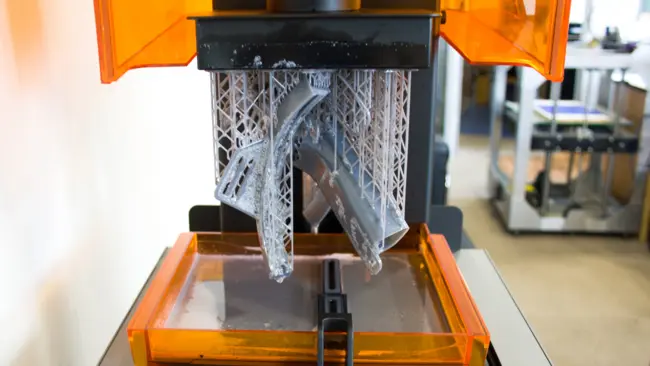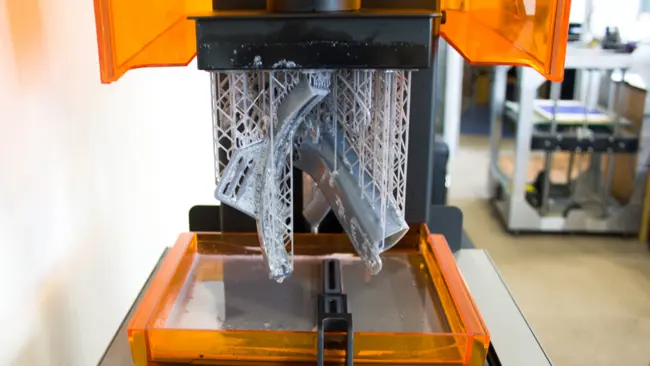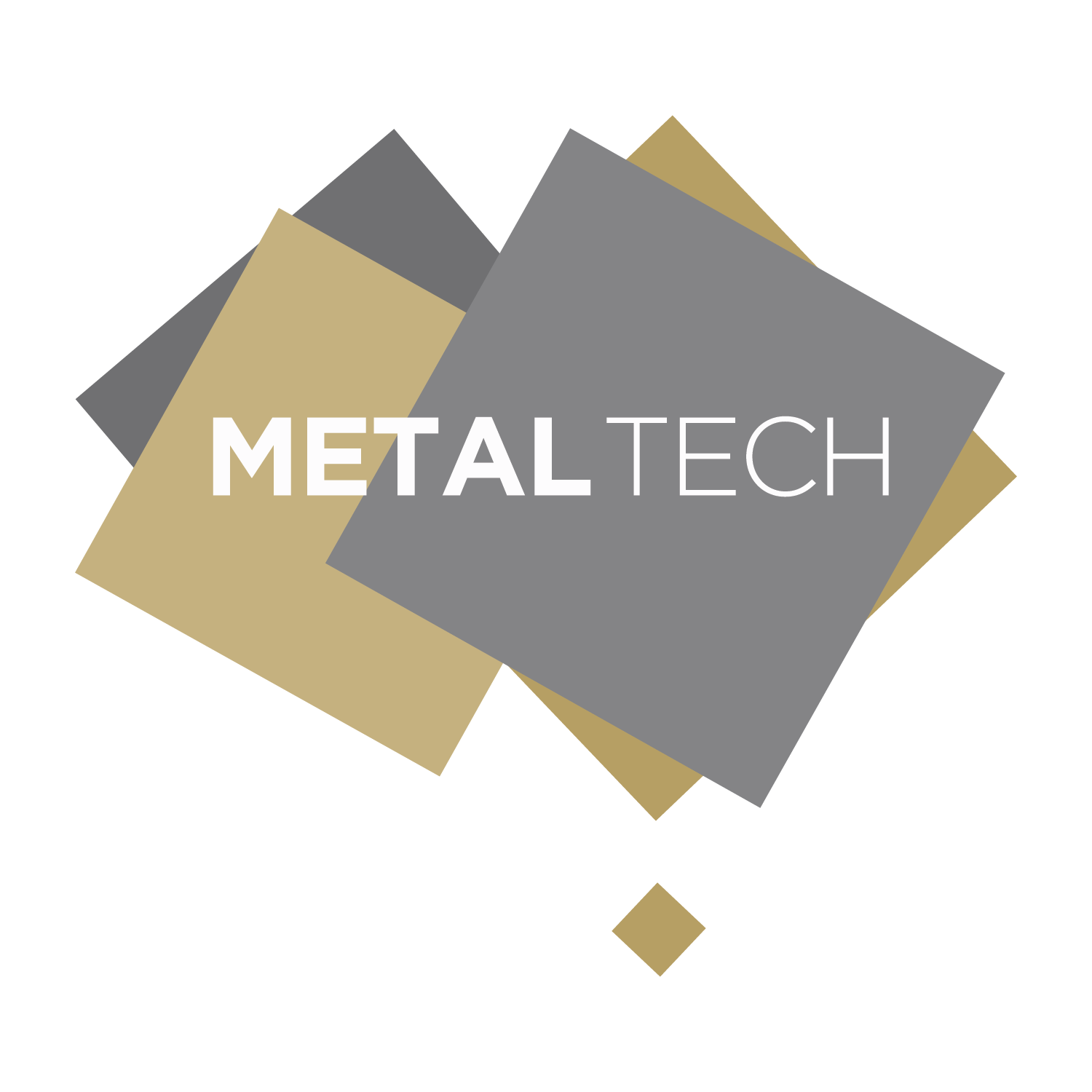
3d Metal Printing Process
3D metal printing is one of the new technologies that are being developed to create things like aeroplane parts, medical implants, and more. It allows people to print objects out of metal with a laser instead of using traditional methods like milling or casting. In this article, we’ll learn how 3D metal printing works, what types of materials are used in this process, and why it’s such an exciting technology!
3d metal printing uses a laser to fuse liquid metal into solid objects.
3D metal printing uses a laser to fuse liquid metal into solid objects. The process begins with the creation of a digital model, which can be imported from CAD software or created using 3D modelling software. Next, the object is traced on the surface of an inert powder bed by moving it in three dimensions under computer control. Then, a high-power laser beam melts successive layers of powdered metal at precise locations within this area; these molten droplets then cool and solidify into place as they drop onto previously laid down material below them (see Figure 1).
A camera is used to take a snapshot of the object.

A camera is used to take a snapshot of the object. This image is then sent to a computer, where it’s turned into a 3d model. The laser then traces the surface of the object, leaving a trail of melted metal behind it as it goes along.
The laser then traces the surface of the object, leaving a trail of melted metal.
The laser then traces the surface of the object, leaving a trail of melted metal.
This process is similar to how an inkjet printer works–the only difference is that instead of ink, it uses molten metal. The laser is a very precise tool that can fuse liquid metal into solid objects with great accuracy and speed.
This creates a solid object with a complex internal structure but very little waste material.
The 3D printing process is similar to traditional subtractive methods, but it creates a solid object with a complex internal structure and little waste material. In traditional additive manufacturing, support material must be used to hold overhangs in place while they are being printed. This means that when an object is completed and the support material removed, there will be small holes in the final product where this support was attached (see Figure 1). These holes can be filled with epoxy or other materials before painting or polishing your model; however, this can add significant time to your finishing process if you want a smooth surface finish on all sides of your model.
The advantage of metal 3D printing technology is that there is no need for support structures during printing because it uses lasers instead of blades or drills like traditional subtractive methods do:
Takeaway:
As you can see, 3D metal printing is a process that uses a laser to fuse liquid metal into solid objects. The process is fast and accurate, making it ideal for creating small parts in the aerospace and automotive industries. It’s also environmentally friendly because there are no toxic gases released during the creation of these objects.
Conclusion
The 3d metal printing process is a great way to create complex objects with very little waste material. The process starts by taking a snapshot of an object using a camera and then tracing its surface with a laser which melts the metal into place. This creates an object with a complex internal structure but very little waste material

Leave a Reply